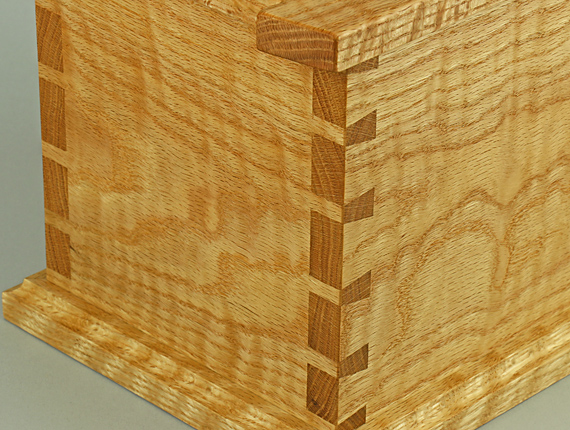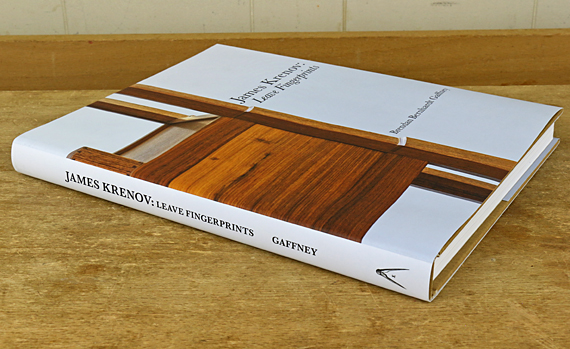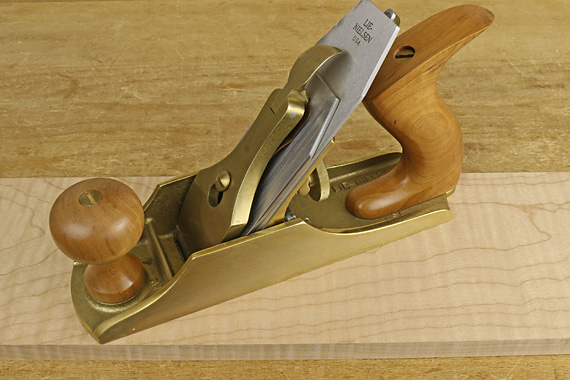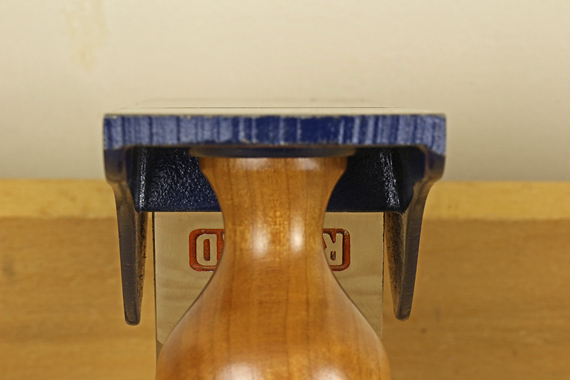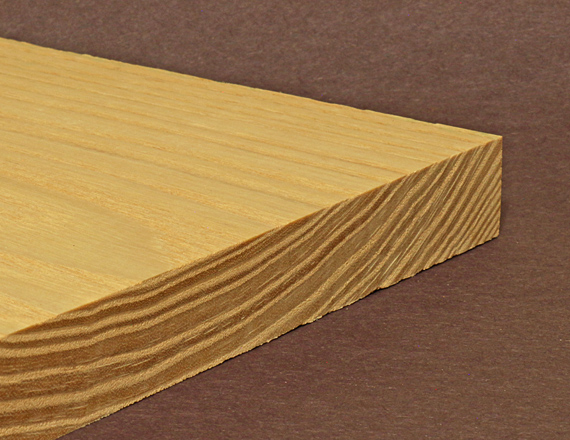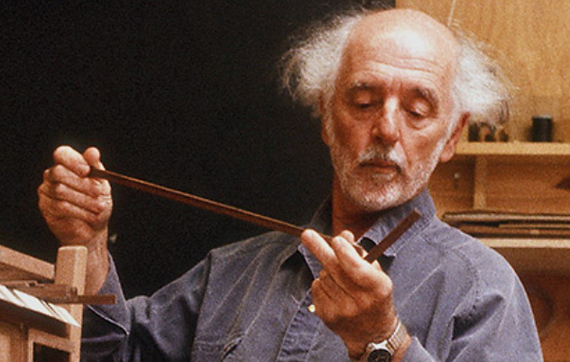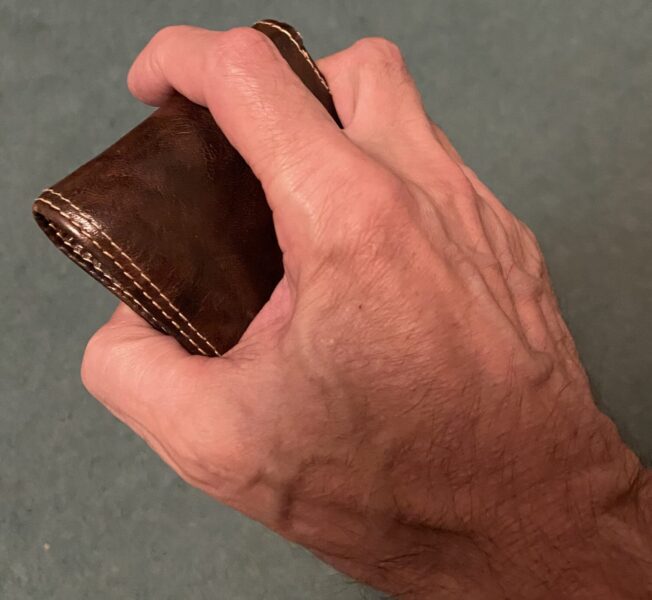
Here is how you can reduce the cost for a sharpening system that works very efficiently. I described the system in posts on 7/10/25 and 7/17/25.
First, let us look at the machine. My Tormek is more than 20 years old, with a 10” wheel. It cost too much but not nearly today’s approximately $1000 for a ten-inch wheel machine, and nearly $600 for an 8-inch.
I continue to recommend an 8” for practical purposes, and you can get this for about $100. I do not really need the leather wheel for most of my purposes but it is included in virtually all models that I have seen.
A CBN (cubic boron nitride) wheel is what I use and recommend. For the 8” diameter, 2” width is handier but not really necessary. And there is no need to spend about $400 on a diamond wheel!
For about $130. the width is 1 1/2” width, which is quite sufficient. This is 180 grit, which is somewhere about 100µ. Mine is 200 grit, which is about 70 – 80µ. Both are fine.
Ok, we’re up to $230.
Now let’s look at the handwork expense.
As stated in the first explanatory post, I suggest a combo stone with about 45µ/9µ. I still like the Duo Sharp E/C. If you still want to save money, a similarly effective (I have tried it) 400/1200 diamond plate, 8” x 2 3/4”, costs about $20.
Now let’s look at the fine plates. You can pay about $70 for a Shapton Kuromaku 8000. I have used it for years and it is great. It is worth it. But if you want to keep the cost as low as you can, consider an alternative $22 #8000, but I do not know the quality because I have never tried it.
Now for the big expense, which is the finest stone. The Suehiro 20,000 0.5µ, which I have been using for years, is now about $265. The similarly fine Shapton is over $300. So, I suggest trying something that I have not, which is the Proyan 15,000, 0.64µ. It costs only about $46! See how it goes.
To refine the edge even better, you can add quick work with a 1/4µ and even 1/8µ synthetic diamond compound on a leather plate. (This is discussed at the 7/17/2015 post.) Small cups that last a long time are $16 each.
Ok, let’s add it up:
$100 + $130 + $20 + $70 + try the $46 +$32 = $398 for the whole caboodle.
Of course, you know that Amazon will take you through.
That is not too bad for an excellent system that I recommend. A family restaurant dinner may be more and won’t last as long.
This is comfortable, fast work, and very effective.
